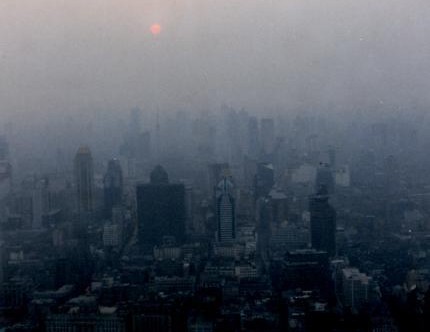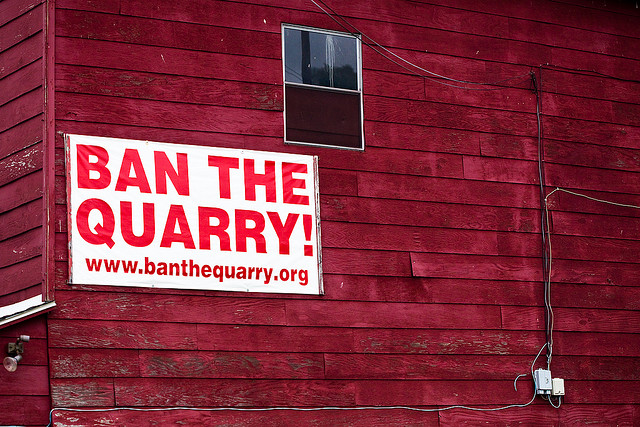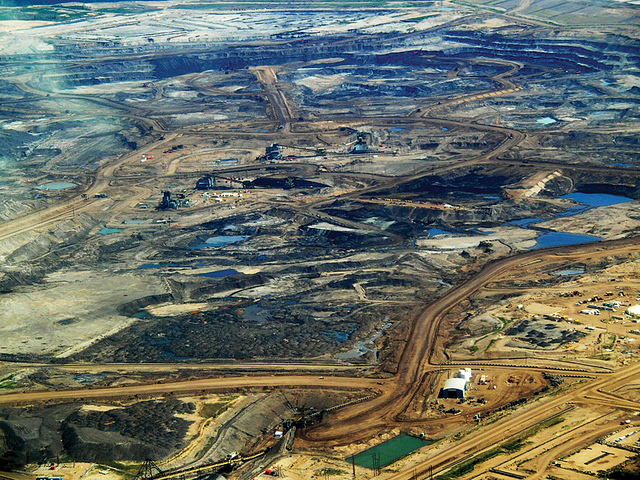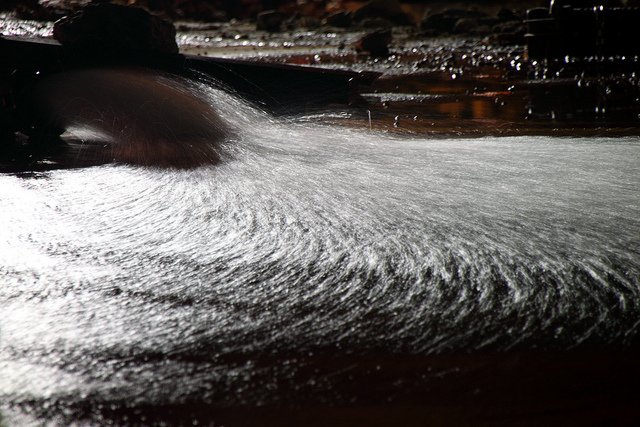Podcast: Play in new window | Download
Subscribe: RSS

This brown bat is lucky -- he's just stunned momentarily. If there were white spots on his nose, he'd be dead. (Photo by Velo Steve/Flickr)
Is there anything Americans care less about than species extinction? It is as if their house were on fire, but they continue to watch TV because a) they didn’t need that stuff in the garage anyway, and b) it will probably go out by itself before it gets to the living room, c) it’s not their job to fight fires, and d) if it was really important it would be on television. Now that the fire has reached the living room — i.e., impending extinctions are a direct threat to the human food supply — Americans are at last responding. By turning up the TV. Continue reading






